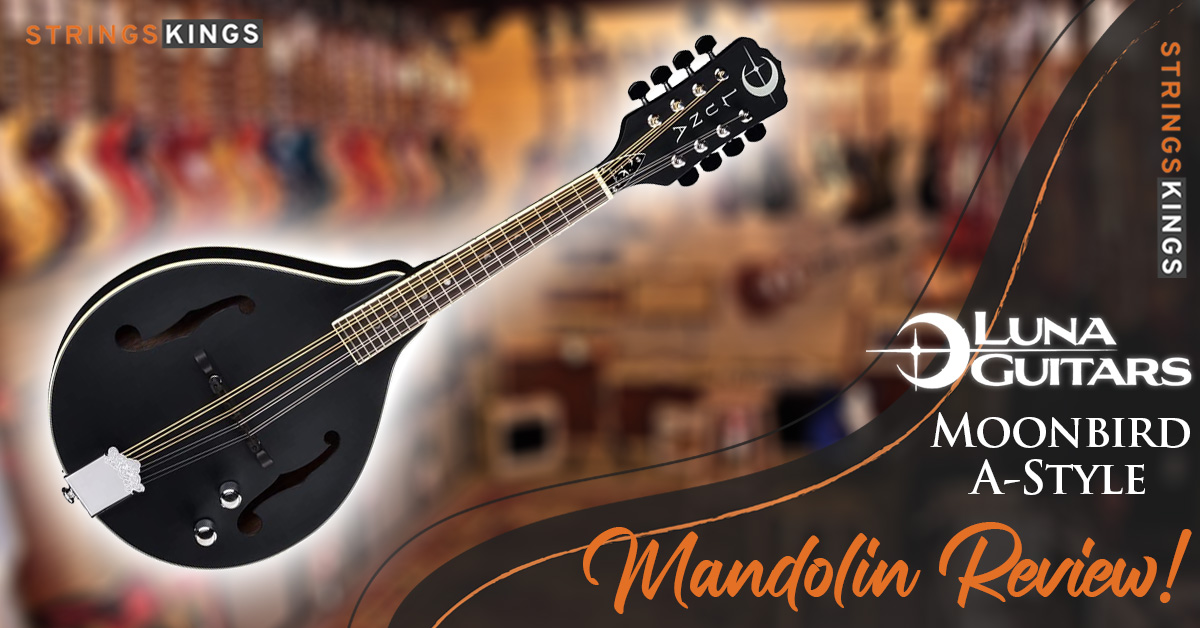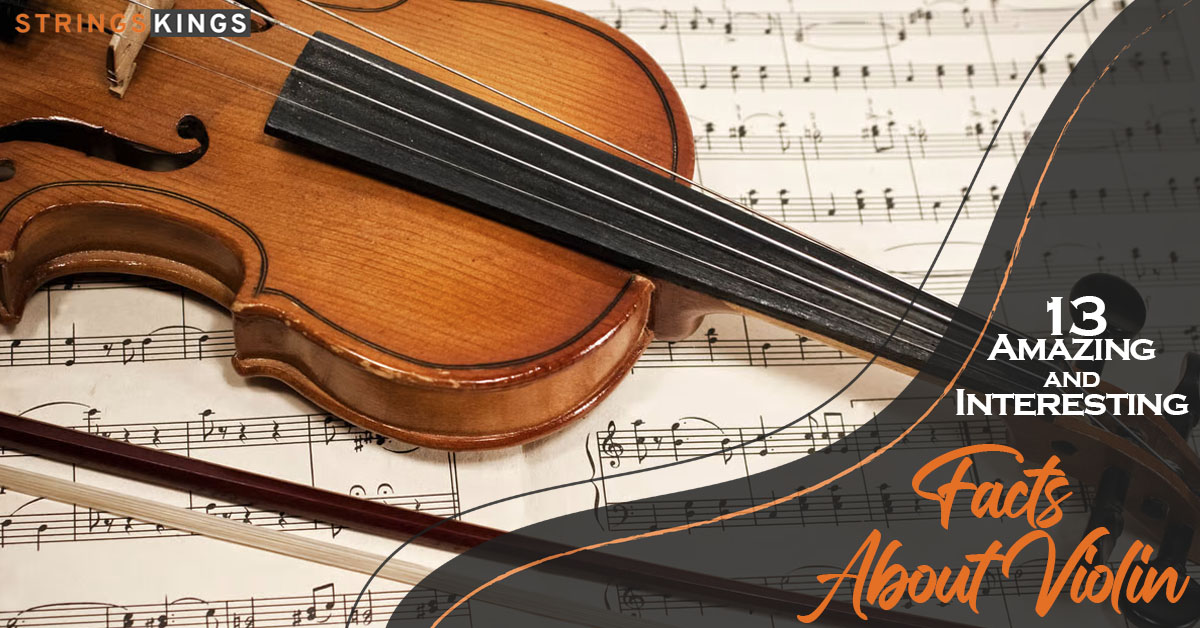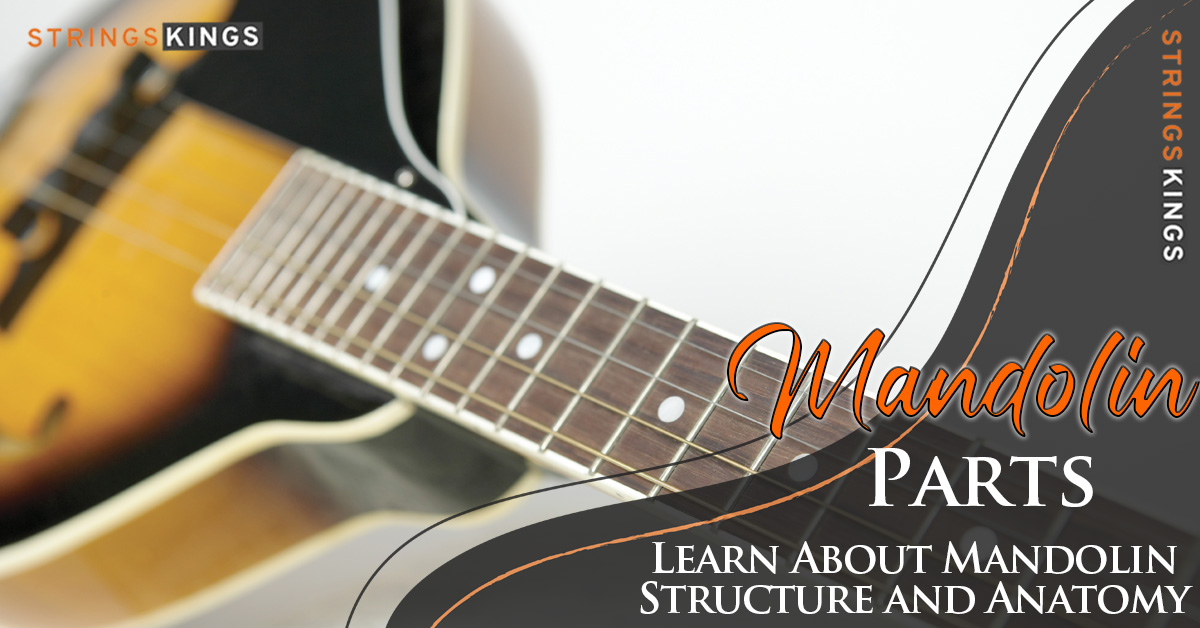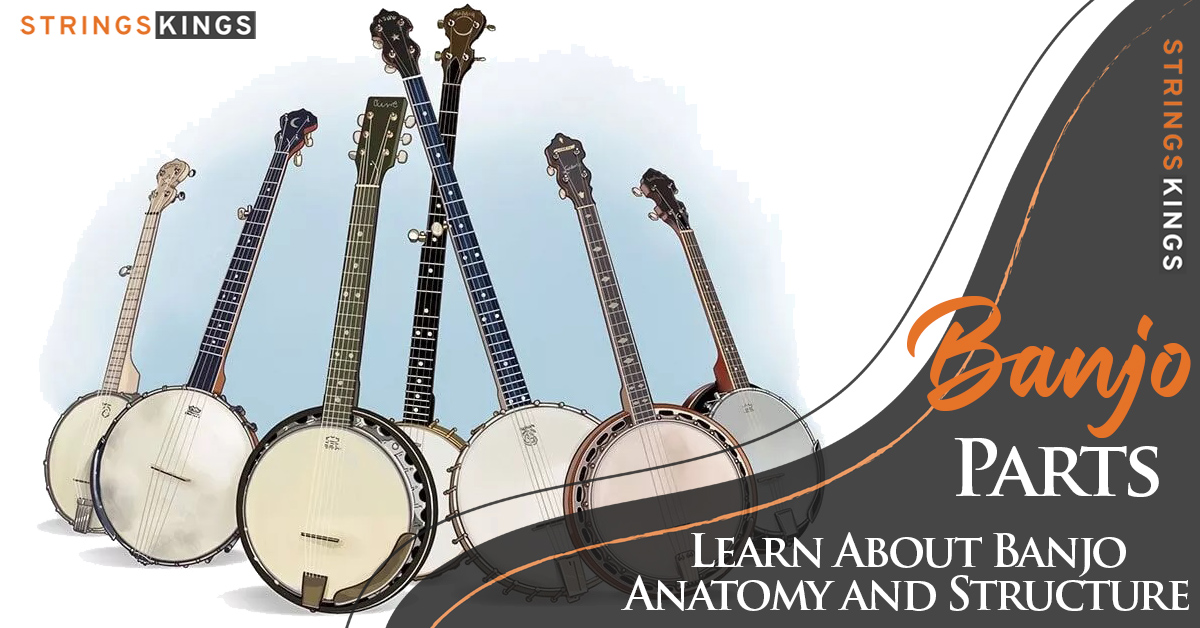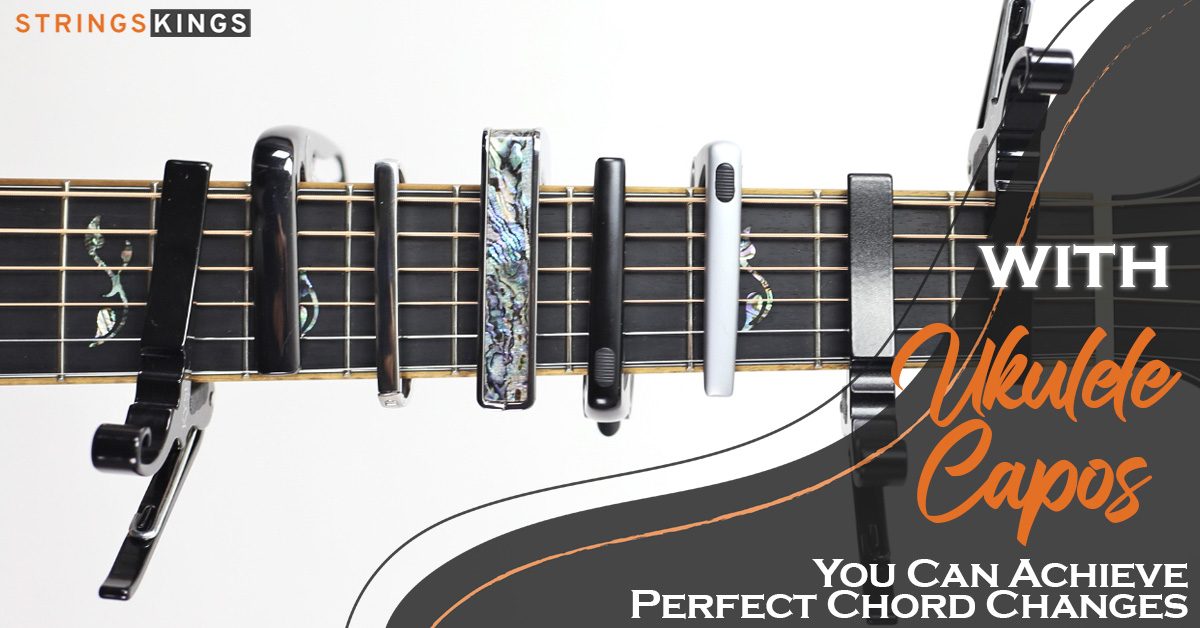Table of Contents
Violin Care Tips
Introduction
Violins are expensive and delicate instruments. Because an instrument is a piece of artisan craftsmanship in its own right, it is important for beginners to understand the care tips and techniques that will ensure both the beauty and the sound quality of the instrument.
To ensure a great sound and a long and happy playing life for your instrument, you must keep it clean and healthy. Providing your instrument with regular and quick care will ensure many years of happiness and protect your investment. The following are some basic steps for caring for violins, violas, cellos, and basses.
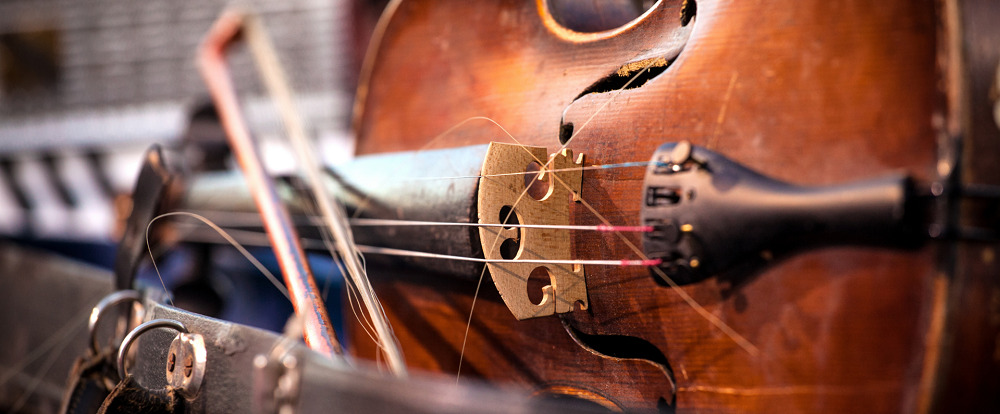
Basic Storage Tips
It is important to note that violins are sensitive to changes in temperature and humidity. It is possible for the top plate and bottom plate to swell if they are stored at high humidity and temperature, resulting in a change in the thickness of the sound post and its collapse.
On the other hand, if the instrument is kept in a dry environment for an extended period of time, the fingerboard may separate from the body. As a result, it is important to store violins in an environment in which the humidity and temperature are as stable as possible.
It is probably not the best place to store your violin if just being in the room makes you feel cold or uncomfortable. When storing your instrument, you should consider the following points:
- If your violin and bow are not in use, store them in a hard case to prevent damage to the instruments. Maintaining its security ensures that it is protected from accidental injuries that can be very costly to repair.
- The violin should never be stored in a very hot or very cold environment. As a matter of fact, you should treat your instrument just as you would treat a person or even a pet. It is advisable to follow the “golden rule”. You would not want to leave your violin in a hot vehicle for hours or to leave it outside overnight in temperatures below freezing.
- In the event that you live in a very dry climate or experience long, dry winters, you may want to consider including a humidifier in your storage area or an in-case moisture regulator.
- The shoulder rest or pad should always be removed before storing your violin in its case, and the zippers, latches, or other closers should always be securely fastened before picking up the case.
- It is recommended that you slacken the bow hair before storing it. If you leave unnecessary tension on your bow, you may damage its delicate camber (the vertical curve of the stick).
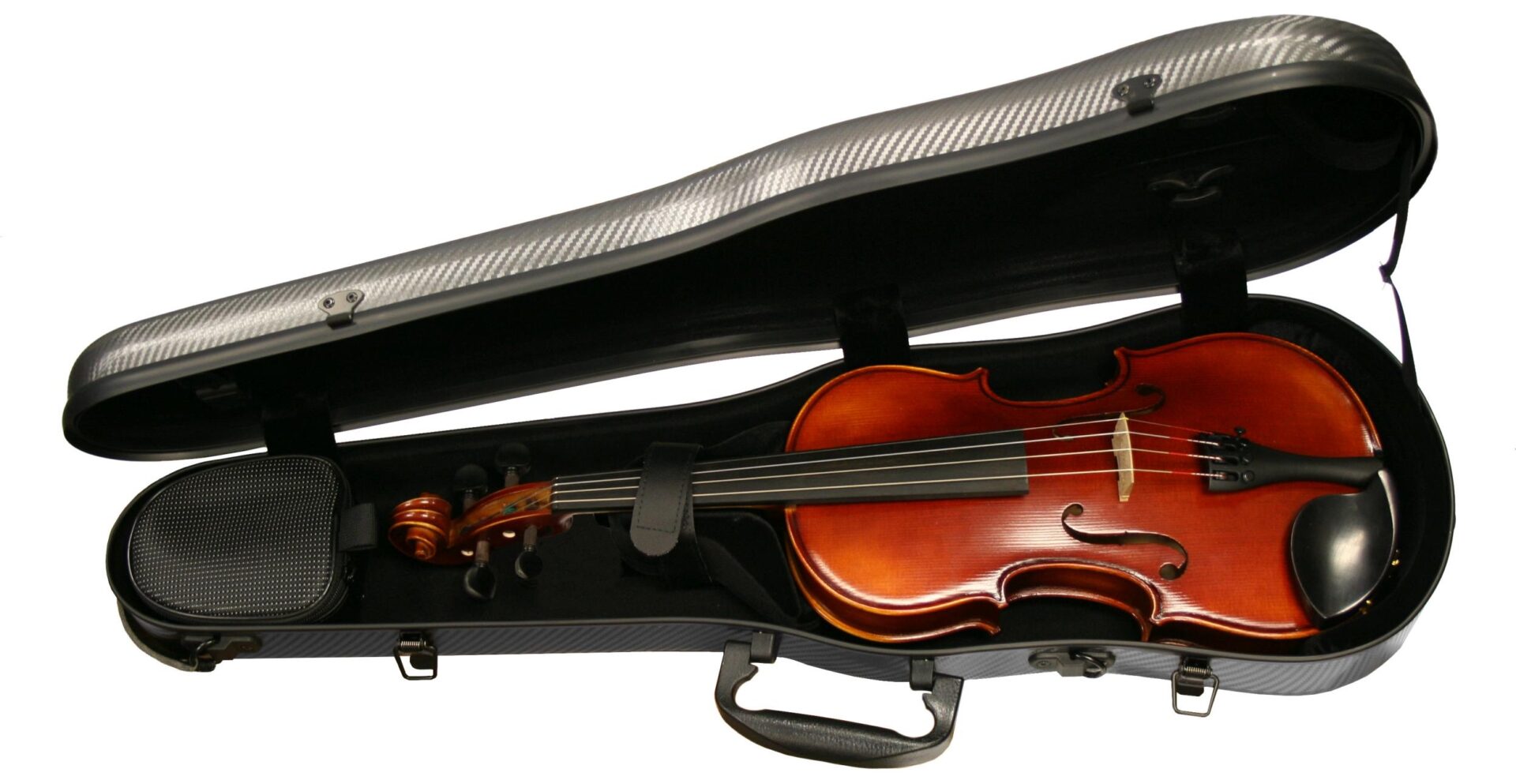
Humidity Levels
This is a point very often overlooked by beginners but taken care of by professionals. During periods of low humidity, the wood in your instrument (and the entire instrument!) gets drained of moisture. Depending on the type of timber used in the construction of your instrument, the pegs may slip or tighten or seams may open as they expand and contract.
It is possible that your instrument may sound dull or your strings may suddenly drop in playing height. It is also possible that your bow will react to the dry weather. When humidity levels are low, you may find that bow hair is too tight or too loose.
When you are just trying to practice, your instrument’s reaction to dry weather can be a hassle. So, there is one accessory to help your instrument cope with changes in humidity. By using a humidifier, you will be able to gradually release moisture into the surrounding air, allowing your instrument and bow to function at their best.

Keeping Your Violin Clean
To ensure that your instrument and its varnish remain in good condition, we recommend investing in some specialized string instrument cleaning solutions. Violin varnish recipes require special cleaning solutions formulated especially for string instruments.
We strongly advise you to never use furniture polish or timber polish from a hardware store or similar – these could permanently damage your varnish and we do not want that to happen!
For the purpose of removing dirt and rosin from the old wood, we recommend using the Old Wood Italian Cream. It is a polisher and cleaner specifically designed for the most exclusive varnished string or wood instruments.
In addition to restoring, protecting, and maintaining the varnish, it enhances the original shine and warmth of the wood. There are no silicones, abrasives, heavy oils, or strong solvents in this product. You may not need to use a varnish cleaner as frequently if you clean your instrument thoroughly after every practice session. Check our full article on cleaning a violin here.
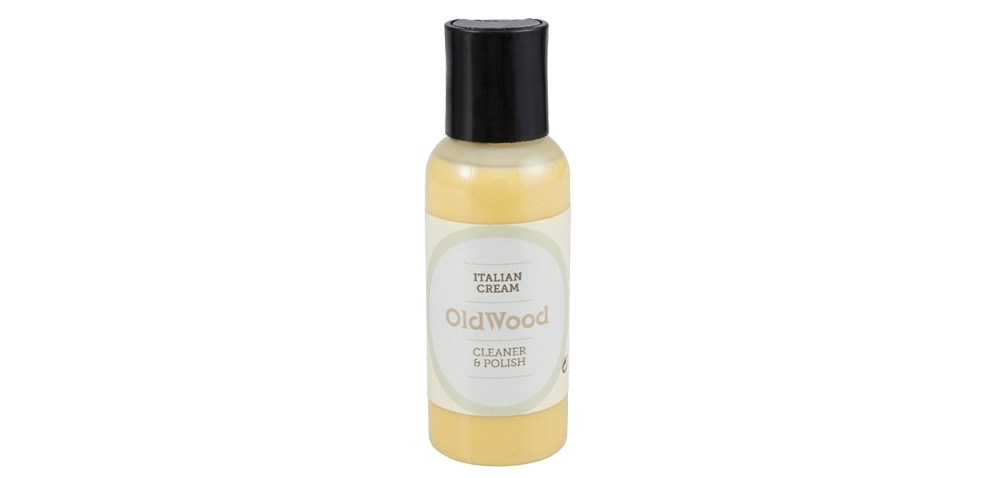
Don’t Use Alcohol
It is not recommended to use alcohol or any other type of liquid solvent to clean your instrument. In this process, the varnish is stripped away. There is even a possibility that hot water will damage the instrument. Keep it clean by using a dry, soft cloth on a regular basis. You should always use a separate cloth when cleaning and polishing.
You may need to dampen a cloth slightly with water in order to remove violin finger tape from the fretboard. Once the finger tape has been removed, make sure the fretboard is completely dry.
Warning Points
Cracks in any instrument’s body should be taken seriously. You should check the body of your violin on a regular basis to ensure that it is in good condition.
Violin is not uncommon to develop small cracks along the seams, which can usually be repaired without causing significant long-term damage.
In the event that cracks appear on the instrument’s body, they could indicate that the instrument has further problems. There may be a cost involved in repairing serious cracks, but a reputable luthier should be able to do so.
Also, they can adversely affect the sound of your violin, so be careful when handling and storing your instrument, and keep an eye on its condition.
You should make sure that your violin’s fingerboards are straight, smooth, and even. There may be a need to replace it if it does not. It is a natural characteristic of every violin to have a slight curve. However, if the fingerboard is too curved or is curving to one side, this will lead to playability problems.
There should be no need to worry about this issue with a well-crafted violin. It is common for cheap instruments to have uneven or warped fingerboards, which can result in the strings not being evenly distributed across the board, making the instrument unplayable.
Strings are held up by the bridge of a violin, which is a small piece of wood located between the fingerboard and tailpiece.
Bridges on violins can become warped and bent over time, so they may need to be replaced from time to time. As stated previously, well-crafted instruments are not susceptible to this problem if properly stored and cared for.
Conclusion
No matter how tempting it may seem to engineer your own ‘quick fix’ or superglue a crack, home remedies are not the answer. Even if you believe you are handy, you should not attempt to repair a damaged violin on your own.
Unless you possess the appropriate experience and tools, leave that part to a professional who can take care of your instrument.
It is sometimes possible, despite our best efforts, that a violin has reached the end of its useful life. The sound of an old violin can be affected by too much wear and tear, and the instrument is not always able to be repaired. Perhaps it is time to consider buying a new violin and saying goodbye to your old one.

